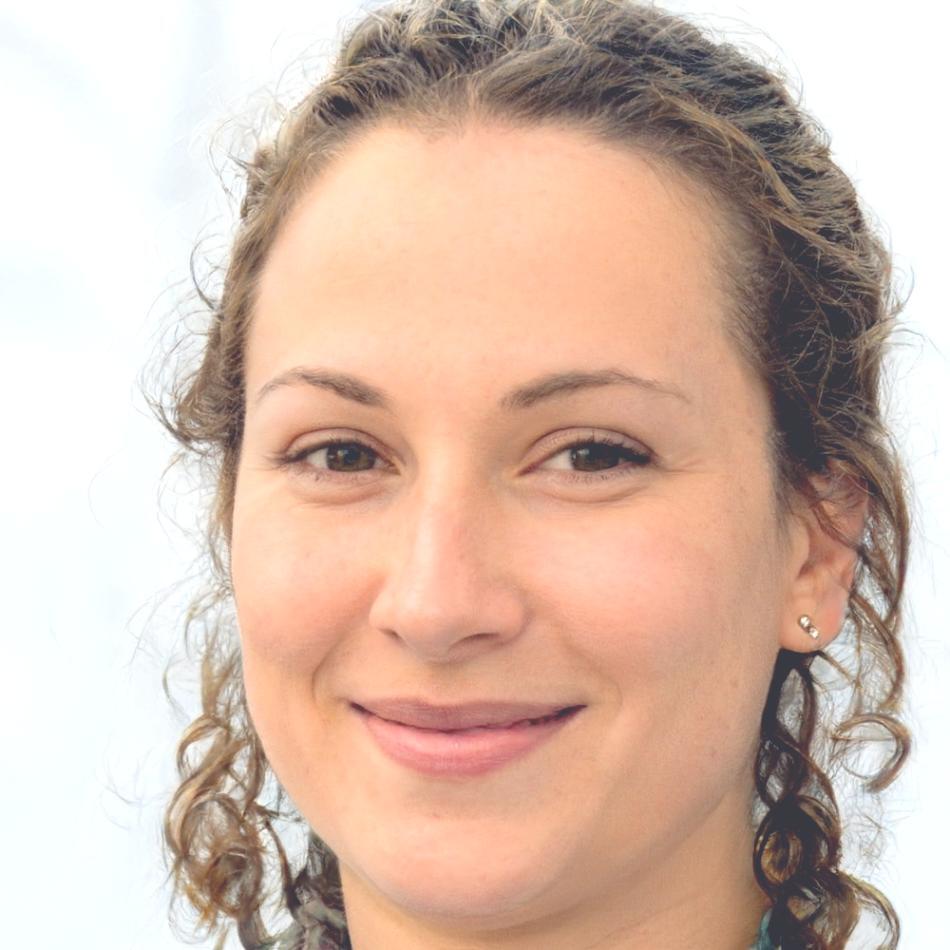We teach financial planning that actually works
Started in Orange back in 2019, we've spent years figuring out how to make seasonal financial planning less confusing and more practical. The approach evolved from working with real families dealing with irregular income patterns—farmers, tourism operators, small business owners facing those predictable ups and downs.
Seasonal thinking
Most financial advice treats every month the same. We built our courses around the natural rhythm of income that rises and falls with seasons, helping you plan for both.
Regional context
Understanding finances in Orange means understanding agriculture cycles, tourism seasons, and local business patterns. That context shapes everything we teach.
Real scenarios
Every lesson uses actual examples from people managing variable income. You'll recognize the situations because they're drawn from hundreds of conversations over the years.

Teaching financial patterns, not fixed rules
Traditional financial education assumes steady paychecks. That never matched what we saw in Orange—people earning well for six months, then lean for the rest. Standard budgeting advice just doesn't fit.
So we started mapping income patterns instead. Looking at annual cycles rather than monthly snapshots. Teaching people to save strategically during high-income periods to smooth out the lean months. It sounds simple, but most courses skip this entirely.
Our programs run through full seasonal cycles. You join in autumn 2026, and by spring you'll have experienced creating buffers during peak season and managing expenses during slower periods. Theory backed by actual practice.
Who's teaching these courses
We're a small team based in Orange. Everyone teaching here has worked with seasonal finances—either through their own businesses or years of consulting with others managing variable income.

Freya Blackwell
Senior Financial EducatorSpent twelve years helping orchard operators manage finances before developing our curriculum. She knows the stress of harvest season cashflow and January expenses.
Direct teaching style
No fluff or filler content. Freya walks through concepts using actual numbers from real situations. Students say her examples feel familiar because they match their own experiences with seasonal income.
Pattern recognition focus
The courses emphasize spotting your own financial patterns over time. You'll learn to identify your high-earning periods, predictable expense spikes, and where buffer savings make the biggest difference.
Ongoing support approach
Questions come up months after lessons end. We keep communication open because financial patterns change, and sometimes you need to revisit concepts as your situation evolves.




Classes starting autumn 2026
We're opening enrollment for our next seasonal financial planning program in March. Six months of structured learning, followed by ongoing access to resources and quarterly check-ins. Classes stay small—usually fifteen to twenty people—so there's room for individual questions and specific situations.
View program details